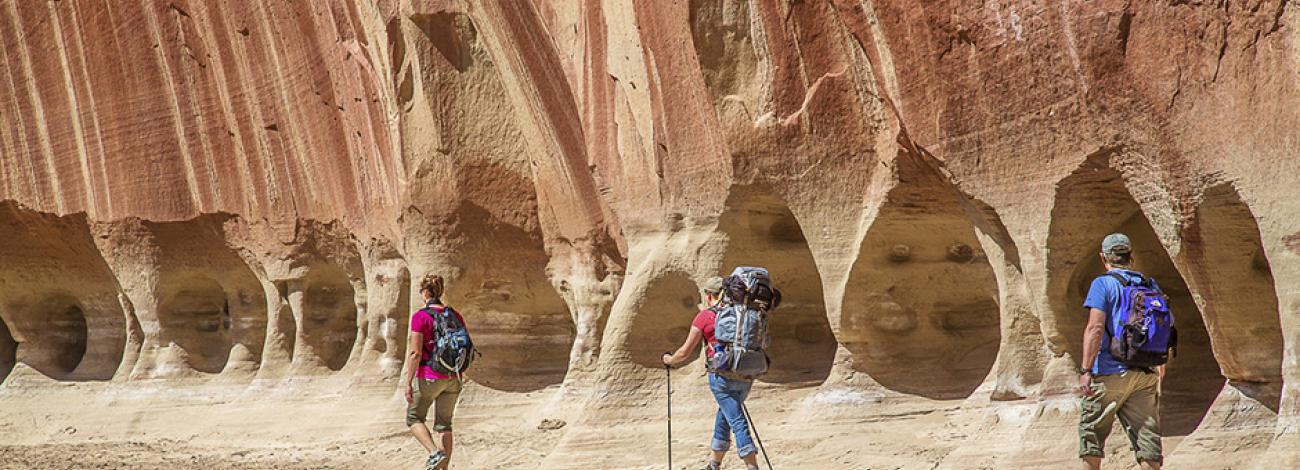
Our Stories
Each day, the Bureau of Land Management employees, volunteers and partners conserve public lands, build our nation’s energy infrastructure and support local economies, advance scientific discovery and much more. Read our blog stories about the BLM in your community and learn how to get involved.









